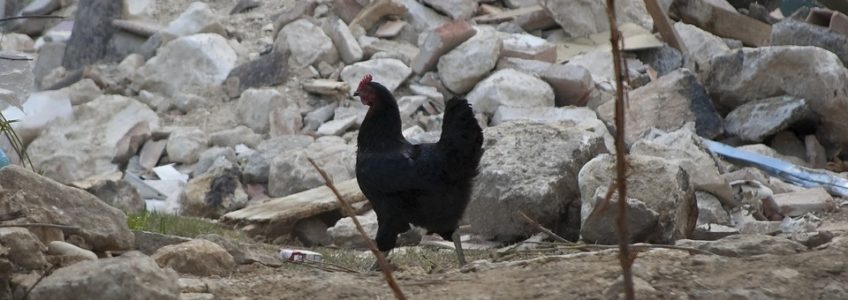As recent as June 18, a 5.3 magnitude earthquake struck Osaka, Japan’s second largest city. It killed at least 5 people and left more than 200 more injured. Those of us at Quake Kit send our thoughts and love to the families and communities impacted by this disaster, especially those who are mourning the loss of loved ones. A natural disaster like this is always sobering, especially for those of us who live within the Pacific Ring of Fire, reminding us of our responsibility to be as prepared as possible. This year, there has been chatter about the Pacific Ring of Fire being more active than usual, but according to geologists, this is more a perception than a reality. Instead, what has changed is our increasing ability to measure seismic activity globally and share the information.
With that said, the Pacific Ring of Fire earned its infamous name because of the high rate of seismic activity within its bounds. (Around 75% of the world’s active volcanoes and 90% of earthquakes occur within it.) And it’s not letting up.
Living within this area, knowing that an earthquake could happen at any moment, can make you feel vulnerable. So much is out of our control. Thankfully, because of the people who have survived earthquakes to tell the tale, and those who make it their life’s work to study geology and conduct research, we are able to take steps to protect ourselves.
We can’t stop an earthquake from happening, but we can make sure that we’re as prepared as possible. Unless you’ve lived through an earthquake large enough to cause destruction, it’s difficult to understand what it’s like—and how the shock might affect your ability to take action if needed. That’s why, below, we’ve compiled 10 pieces of feedback and advice passed on from people who have survived major quakes:
- Move heavy things away from the bed.
- Put your plates and cups in cupboards with child safety locks.
- Attach your TV to the wall or table with an earthquake safety strap.
- Know your exits.
- Secure your heavy possessions, like bookshelves.
- Identify “safe zones” in your home, your office, your classroom, etc. This might be a desk or a table.
- Don’t try to run anywhere while the shaking is happening. Drop and find cover as immediately as possible.
- If possible, tune into your local radio station once the shaking stops and keep it on.
- Aftershocks can be a lot bigger and more frequent than we imagine them to be, so move with caution after the initial quake.
- Appreciate what you’ve got and don’t take it for granted!
Here in British Columbia, June was a bit of a scary month. Within one 24-hour period between June 20-21, more than 150 tremors hit Vancouver Island. At Quake Kit, we think of these as clear reminders to get prepared: get your kit together and make sure you have enough food, water and other supplies in your home to last your household at least 7 days.
If you want to read more on earthquake preparedness, check out more posts on our blog!
Article Written by Sophie Wooding

